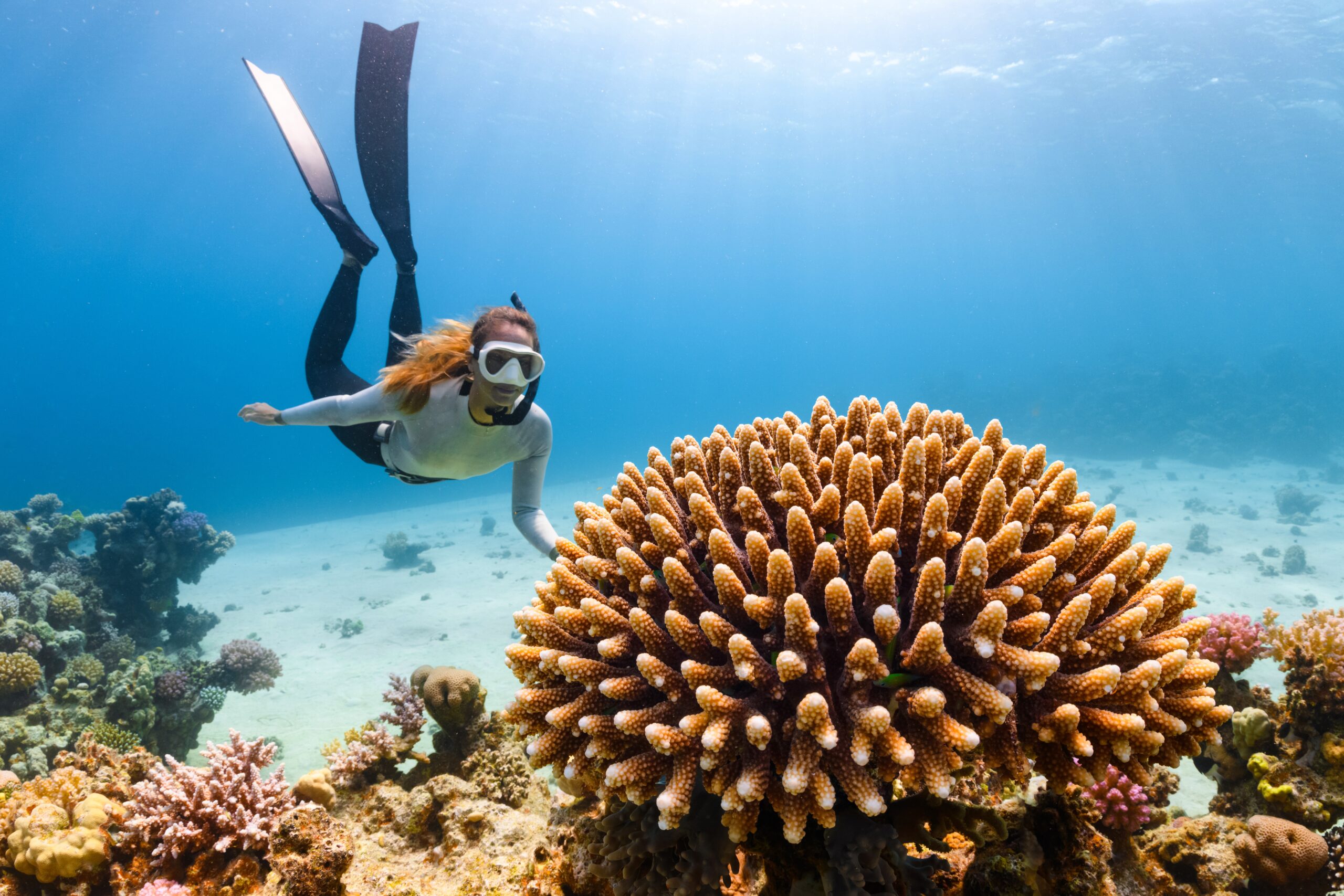Blushing Star Coral (Stephanocoenia intersepta) is a captivating coral species that can be found in tropical and subtropical waters around the world. It is known for its unique appearance and numerous ecological benefits. This article will explore the characteristics, benefits, and conservation efforts related to Blushing Star Coral.
Characteristics of Blushing Star Coral
Blushing Star Coral is easily recognizable by its distinctive star-shaped appearance and its vibrant bluish-pink coloration. It typically forms colonies composed of multiple individuals, which can create stunning reef structures. Each individual polyp has six tentacles that extend during the night to capture plankton and other small organisms for food.
This species can grow to be quite large, with colonies reaching sizes of up to several meters in diameter. The skeletal structure of Blushing Star Coral is composed of calcium carbonate, providing a solid foundation for other marine organisms to attach and thrive.
Benefits of Blushing Star Coral
Blushing Star Coral plays a crucial role in the marine ecosystem, providing a myriad of benefits for both the environment and humans. Here are some of the key benefits:
1. Reef Formation and Habitat Creation
The intricate colonies formed by Blushing Star Coral serve as essential habitat for a wide range of marine organisms. They provide shelter, protection, and feeding grounds for numerous fish species, invertebrates, and other coral species. The complex structures also help to dissipate wave energy, protecting coastal areas from erosion and storm damage.
2. Biodiversity and Species Interactions
The presence of Blushing Star Coral promotes biodiversity within coral reefs. The complex reef structures created by this species create niches for a variety of organisms, fostering species interactions and promoting a healthy ecosystem. Many species of fish rely on Blushing Star Coral for breeding and shelter, further emphasizing its importance.
3. Carbon Sink and Climate Regulation
Like all corals, Blushing Star Coral plays a crucial role in carbon sequestration. Through photosynthesis, the coral’s symbiotic algae convert carbon dioxide into organic compounds, which are then used to build the coral’s skeleton. This process helps to remove carbon dioxide from the atmosphere and mitigate climate change.
Conservation Efforts
Despite its ecological importance, Blushing Star Coral faces various threats, including climate change, pollution, and overfishing. Rising sea temperatures due to climate change can lead to coral bleaching, a phenomenon that causes corals to lose their vibrant colors and symbiotic algae, ultimately leading to their death.
To protect Blushing Star Coral and other coral species, it is crucial to reduce carbon emissions and implement sustainable fishing practices. Additionally, creating marine protected areas and promoting responsible tourism can help preserve the delicate balance of coral reef ecosystems.
In conclusion
Blushing Star Coral is a remarkable coral species with unique characteristics and numerous benefits. Its stunning appearance, reef formation abilities, and important role in the marine ecosystem make it a vital component of coral reef communities. By understanding the value of Blushing Star Coral and taking steps to protect it, we can ensure the preservation of this magnificent species for future generations to appreciate and enjoy.
